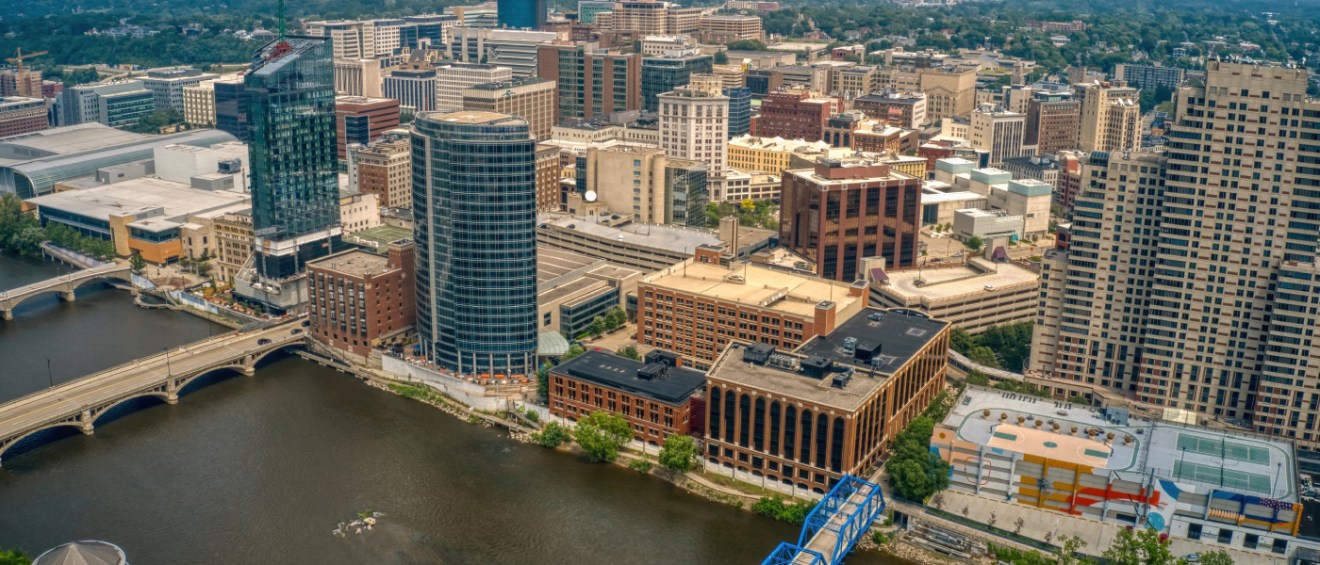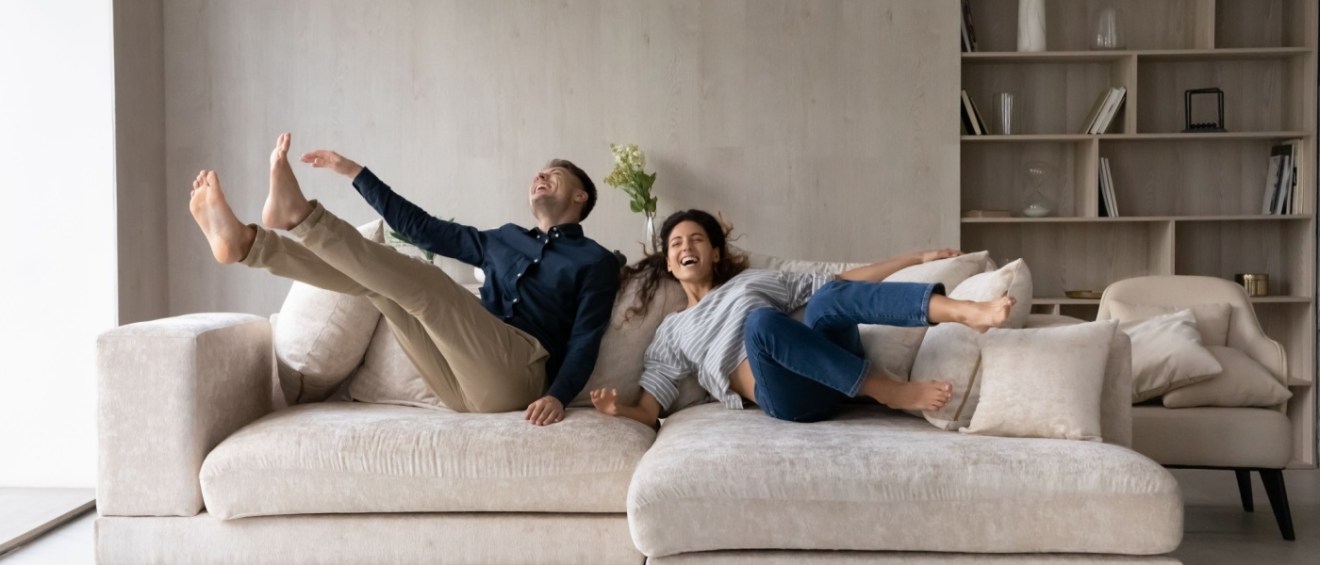Share this article:
When you’re preparing to leave a rental apartment, one of the most important steps is the move-out inspection. That’s because this walkthrough of your unit plays a key role in determining whether your landlord or property manager returns your security deposit in full.
A move-out inspection also ensures that the property is in good condition for the next renter, thereby protecting the interests of both sides. As such, understanding how it works can help you avoid disputes, save money and leave on good terms.
What is a move-out inspection?
A move-out inspection is an assessment of the condition of a rental unit once a renter moves out. It’s different from a move-in inspection, which documents the property’s state when you first arrive, or from routine inspections that happen while you’re still living there.
During a rental move-out inspection, landlords typically look at:
- Walls and paint for scratches, holes or stains
- Floors and carpets for damage or deep wear
- Windows, blinds, and screens for cracks or missing parts
- Fixtures, such as light switches, faucets and doorknobs
- Appliances, including the refrigerator and the stove, to ensure they work
Normal wear and tear — like minor carpet-thinning or light fading on walls — usually won’t cost you money. However, damages such as large stains, broken appliances or holes in the wall are often the renter’s responsibility.
Why move-out inspections matter
A move-out inspection directly affects your security deposit. If everything checks out, you’ll likely receive the full amount back. But, if the inspection notes damages, the landlord can deduct repair costs from your deposit.
Additionally, this process has legal weight: When both sides document the condition of the unit, it reduces the chances of disputes later. Clear records also protect renters from unfair charges and help landlords prove that they’ve acted fairly.
What’s more, attending the inspection promotes transparency: You and your landlord see the same issues at the same time, which builds accountability.

The move-out inspection process
Ideally, you’ll schedule the rental move-out inspection with your landlord so you can attend together. This joint walkthrough lets you compare the unit’s condition to the original move-in checklist, which should still be on file.
Before inspection day, take these steps:
- Clean thoroughly, especially kitchens and bathrooms.
- Repair small damage, like filling nail holes or replacing burned-out bulbs.
- Remove all personal belongings and trash.
- Vacuum carpets and mop floors.
- Wipe down appliances, counters and cabinets.
While you’re at it, it’s smart to document the property with your own photos or video. That way, if questions come up later, you have proof of the condition when you left.
Common issues noted during move-out inspections
Landlords often flag the same problems during move-out inspections, including:
- Wall damage from nails, screws or furniture
- Stained carpets or floors
- Broken blinds, handles or light fixtures
- Grease build-up in the kitchen
- Mold, mildew or soap scum in the bathroom
Fortunately, many of these can be addressed before the inspection. Simply patch small holes; deep-clean surfaces; and replace inexpensive items, like lightbulbs or air filters. Even small fixes can help you avoid bigger deductions from your deposit.

What happens after the inspection?
Once the move-out inspection is complete, the landlord tallies any repair or cleaning costs that go beyond normal wear and tear. These deductions are deducted from your deposit.
By law, most states require landlords to return the remaining deposit within a set timeframe — commonly 14 to 30 days. Along with the refund, you’ll usually receive an itemized statement explaining any deductions.
If you disagree with the findings, you can challenge them. Start by contacting your landlord directly with your own documentation. If that doesn’t work, local tenant laws may give you the right to pursue mediation or even small claims court.
Why you should attend the inspection
Being present for the rental move-out inspection makes the process fairer. Specifically, you can:
- Ask questions on the spot about any issues noted.
- Clarify whether something is normal wear and tear.
- Offer to fix minor problems before they become deductions.
- Ensure the checklist accurately reflects the property’s condition.
Plus, open communication with your landlord during the inspection can prevent misunderstandings later. When both parties agree on the final notes, disputes are far less likely.
Practical tips for a smooth move-out inspection
If you want your inspection to go well, preparation is key. Use a checklist to guide you through the process:
- Declutter completely: Remove all personal belongings and trash.
- Deep clean: Pay particular attention to high-traffic areas, kitchen appliances and bathrooms.
- Fix small damages: Patch holes, tighten screws and replace inexpensive parts.
- Document everything: Take dated photos or videos for your records.
By being proactive, you’ll make the inspection easier — and your chances of a full deposit return much higher.

A move-out inspection is more than a formality. It gives you the chance to safeguard your security deposit and leave the rental on good terms with your landlord. It also creates a clear record of the rental’s condition, ensures accountability and helps both sides move forward without conflict.
For renters, the takeaway is simple: Prepare thoroughly, document carefully and attend the inspection. By treating the process as a step in protecting your rights and money, you’ll end your lease with peace of mind and a stronger chance of getting your full deposit back.
Share this article:
Florin Petrut is a real estate writer and research analyst with RentCafe, using his experience as a social media specialist and love for storytelling to create insightful reports and studies on the rental market. With a strong interest in the renter experience, he develops data-driven resources that explore cost of living, affordable neighborhoods, and housing trends, helping renters make informed decisions about where and how they live. Florin holds a B.A. in Journalism and an M.A. in Digital Media and Game Studies.
The Ready Renter has your back
Tips, news, and research curated for renters, straight to your inbox.




Related posts
Subscribe to
The Ready Renter newsletter







